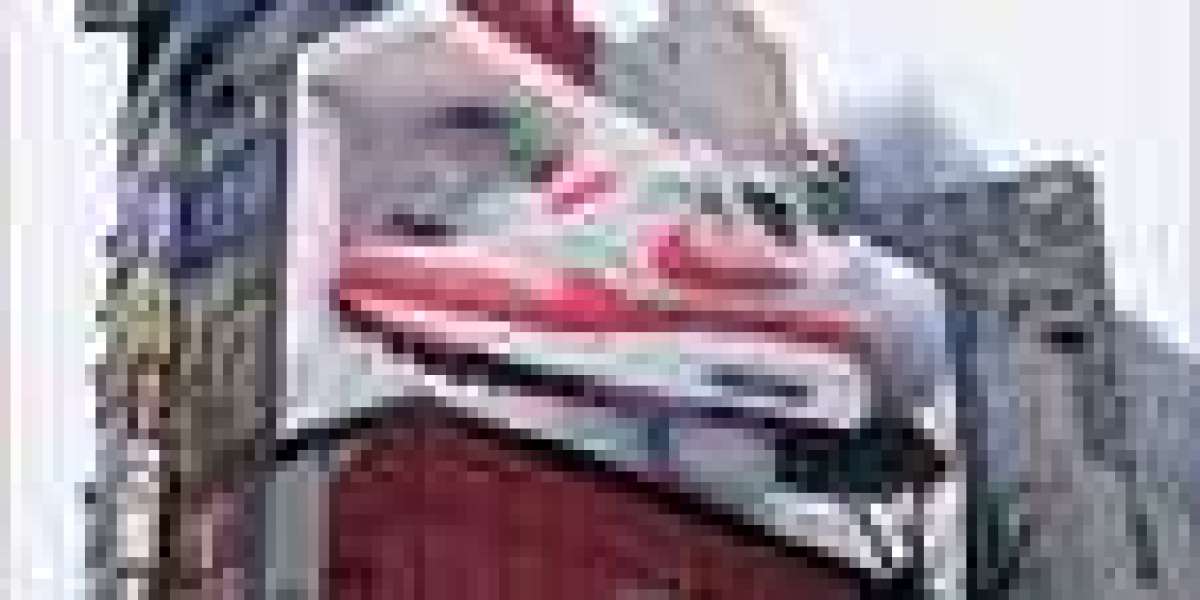In August 1961, one of the most significant events in modern history took place - the construction of the Berlin Wall. This formidable barrier, erected by the East German government, physically divided the city of Berlin, separating families, friends, and a nation. With its colossal presence and the deep emotional impact it had on the people, the Berlin Wall became an enduring symbol of the Cold War and the division between East and West.
The construction of the Berlin Wall was motivated by increasing tensions between the Soviet Union (who controlled East Germany) and the Western Allies (who governed West Germany). In the aftermath of World War II, Germany was divided into four occupation zones, each administered by different Allied powers. Berlin, the capital city, was a microcosm of this division. The city was also divided into East and West, with each occupying power controlling a sector.
Life in post-war Germany was marked by political, economic, and ideological differences between the two sides. Many East Germans were drawn to the greater freedoms and economic prosperity enjoyed in West Germany. As a result, there was a massive exodus of East Germans fleeing to the West, leading to a brain drain and economic challenges in the East. The East German government, under pressure and fearing the collapse of its regime, decided to act.
In the early hours of August 13, 1961, families woke up to the sound of construction machinery and barbed wire being unfurled across the streets of Berlin. East German soldiers and workers began to build a makeshift barrier, initially consisting of barbed wire fences. Within days, this simple wire fencing was replaced with a more substantial and concrete structure, extending 97 miles in total.
The building of the Berlin Wall tore apart families and communities, separating individuals who had once freely roamed across the city. Overnight, people found themselves trapped on one side or the other, with loved ones on the opposite side. Desperate attempts were made to escape across the Wall, but these were increasingly met with heightened security measures, including armed guards posted along the Wall's checkpoints. The Wall stood as a grim reminder that the world had been divided into an East and a West, with little hope of reunification.
For almost three decades, the Berlin Wall remained a potent symbol of the geopolitical division that existed during the Cold War era. It was a physical manifestation of the Iron Curtain that separated the free, democratic West from the socialist East. The Wall stood as a stark testament to mankind's ability to erect barriers, both physical and ideological, and to the strength of the human spirit that perseveres in the face of adversity.
In November 1989, the Berlin Wall was finally breached, leading to the reunification of Germany and symbolizing the end of the Cold War. However, the impact of the Berlin Wall and the memories etched in the hearts of those who lived through its existence continue to echo through history, reminding humanity of the perils of division and the enduring yearning for unity and freedom.



